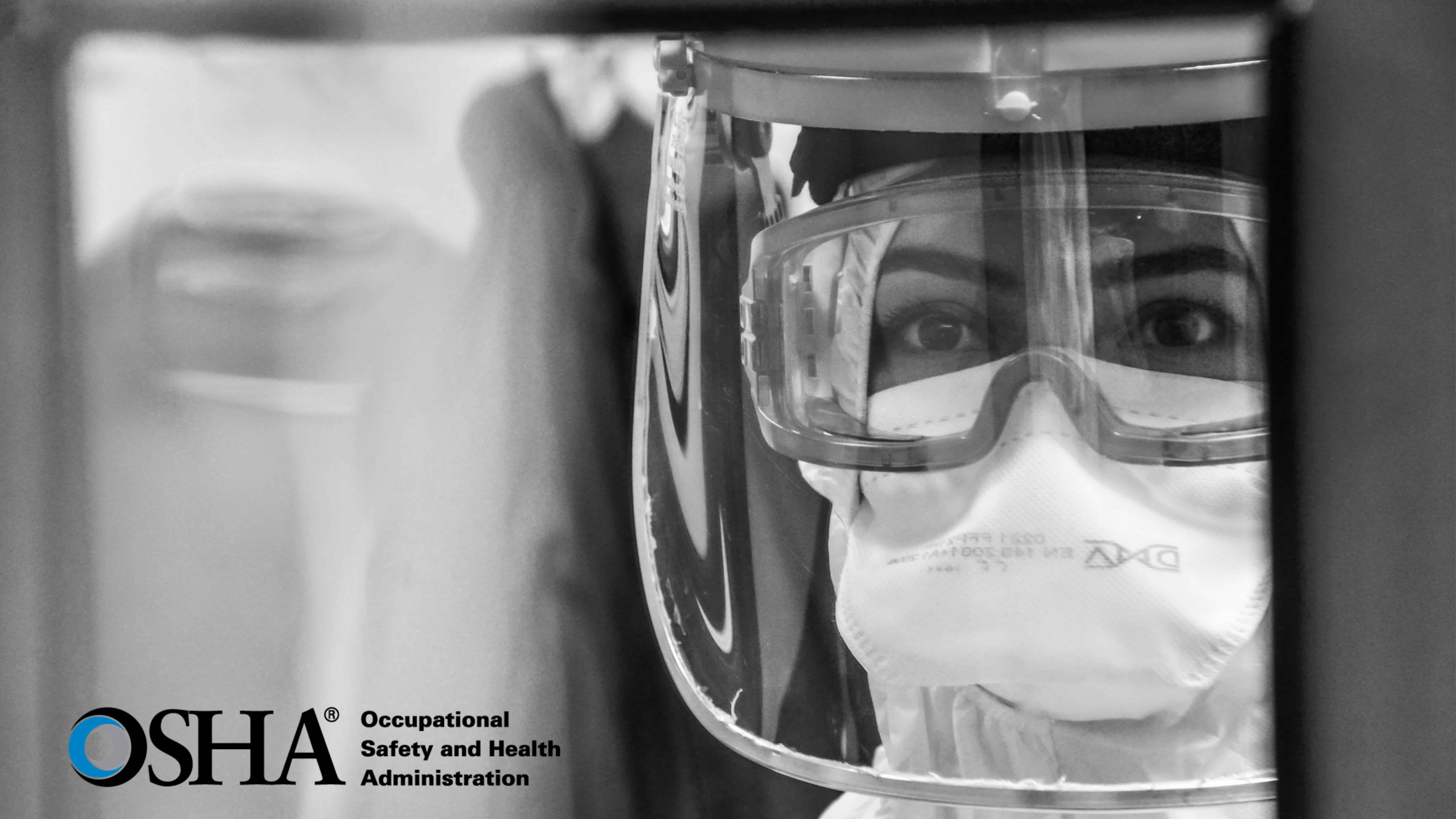What Are OSHA Guidelines for Healthcare Workers?
The Occupational Safety and Health Act of 1970 (OSH Act), administered by the Occupational Safety and Health Administration, contains safety culture creation guidelines for healthcare workers. Healthcare workers and institutions that work within a culture of safety have a reduced incidence of work-related injuries and illnesses. Safety culture OSHA guidelines and standards for healthcare workers are discussed below.
Where Did OSHA Develop OSHA Guidelines for Healthcare Workers From?
In 1999, the Institute of Medicine (now the National Academy of Medicine) published a public health report, in which it concluded that a safer environment for healthcare workers would result in a safer environment for patients. The IOM found the following:
◈ Hazards to healthcare workers because of lapses in infection control, fatigue, or faulty equipment may result in injury or illness to workers as well as patients and others.
◈ Workers who are concerned for their safety or physical or psychological health in a work environment in which their safety and health is not perceived as a priority, will not be able to provide error-free care to patients.
◈ Therefore, efforts to reduce medical error rates must be paired with efforts to prevent work-related injuries and illnesses.
From this conclusion, OSHA guidelines for healthcare workers were created. These OSHA guidelines for healthcare workers, if followed by a healthcare institution, can instill a culture of safety that reduces both worker and patient injury and illness rates.
The OSHA guidelines for healthcare workers consist of the following principles:
◈ Management must be committed to workplace safety, by developing a workplace safety plan. If management is not sensitive to safety concerns, healthcare workers may feel that workplace safety is not valued, and patient care may suffer as a result.
◈ Workers should participate in safety planning meetings. While these meetings are run by management, worker input is essential. Workers should feel comfortable in expressing safety-related concerns.
◈ Management should evaluate the quality and quantity of personal protective equipment. Equipment that is not in adequate supply should be purchased. Equipment that is old or worn out should be replaced. Worker safety depends upon proper use and wearing of personal protective equipment such as gloves, masks, and safety goggles.
◈ Workers and management should work together, to develop norms regarding what are acceptable safety practices. A norm is a typical or standard way of doing something. For example, OSHA law does not say anything about cleaning kitchen sinks or common area refrigerators. However, these areas pose risks of infection. It should be the norm for a healthcare organization to ensure, through written policies, that these areas are routinely cleaned and disinfected.
◈ Healthcare organizations should pay attention to the socialization process for new personnel. Personnel who previously worked at other healthcare facilities may feel their safety concerns were not addressed at these other facilities. It is critical that these workers are given the impression, from the point that their new employment begins, that the organization values workplace safety. An organization can show its commitment to safety by offering new employees a detailed OSHA training program that thoroughly covers common hazards associated with healthcare institutions. These include, for example, bloodborne pathogens, hazardous chemicals, radiation, toxic substances, improperly configured machines, and unclean surfaces. Workers should be trained on these and other common healthcare hazards, and the training should be delivered in such a way that it is understandable. Training should be repeated, if necessary.
What Are the Benefits of Following OSHA Guidelines for Healthcare Workers?
For years, OSHA statistics have shown that a safer business is a more profitable business. Safer workplaces have fewer injuries, fewer days missed from work, and lower workers compensation premiums. Despite these statistics, many healthcare employers have not incorporated OSHA guidelines and standards for healthcare workers into their safety program, instead choosing to be in minimal compliance with only what OSHA requires them to do. Adopting OSHA standards for healthcare workers demonstrates a healthcare provider’s commitment to the safety of its workers, and ultimately, to patient safety.








